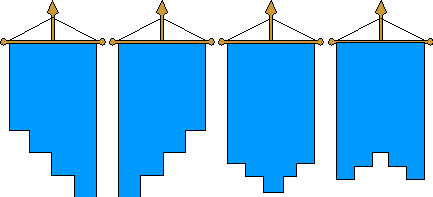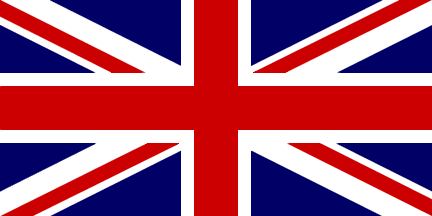.gif)
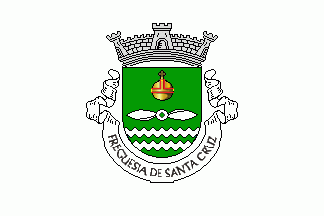
Arms and Flag of Santa Cruz, Portugal
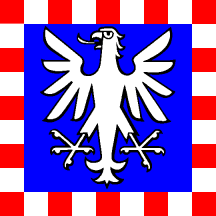
Flag of Tegerfelden, Switzerland
![[God's Eye]](../images/v/vx-pl-mp)cz.gif)
![[God's Eye]](../images/v/vx-pl-mp-cz.gif)
Arms and Flag of Czernichów, Poland
Notes
a) Flag ratios are written as hoist:fly, or in this case A:B, which is approximately 1:1.618,
however, it is suggested that a mathematical reference work be consulted if further or more complex
details are required.
b) Rectangular flags are often made in ratios that approximate the golden mean, e.g.
those of successive Fibronacci numbers – 1;1, 1:2, 2:3, 3:5, 5;8, 8:13 etc. – with those later
in the this listed series being closer to the ideal.
![[gonfalon]](../images/v/vx-it-si-ao.jpg)
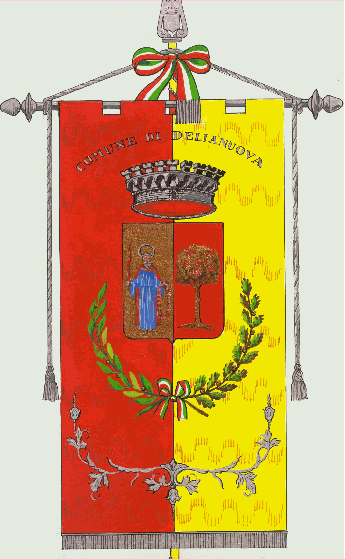
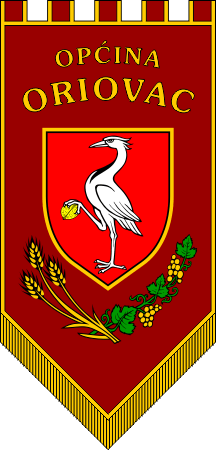
Gonfalon of Asciano, Italy; Gonfalon of
Delianuova, Italy; Gonfanon/Ceremonial Flag of Oriovac, Croatia
Please note – not to be confused with a medieval gonfanon or with the banner or hanging flag of German speaking and Central European countries (see also banner 2), hanging flag, and gonfanon).
![[gonfanon]](../images/v/vx-de-fn-la.gif)
![[gonfanon]](../images/v/vxt-d161.gif)
![[Oriflamme]](../images/v/vx-fr_orifl.gif)
Flag of Langenargen, Germany; Gonfanon of Eustache III of Auvergne
c1100 (CS); The Oriflamme of Pre-Heraldic and Medieval France
Notes
a) This term specifically refers to a pre-heraldic European war flag,
and whilst sometimes (inaccurately) used to describe a medieval or late-medieval
streamer (as referenced above), it should not be confused with the later gonfalon,
banner or hanging flag as separately defined herein – see
gonfalon,
banner of arms and
hanging flag.
b) An article about the possible origins of the medieval gonfanons is
available in French on Jstor on the topic:
Aux sources des gonfanons
[The sources of gonfanons] / Suzy Dufrenne. Byzantion, Vol. 43 (1973), pp.
51–60. The author mused about the possible Eastern origin of the flags used
in early European Middle-Ages. She first noted the similarities of this type
of flag with others in the Byzantine world or in Central Asia. The oldest
(by her time) known representation of such a flag in Europe would be
a mosaic in Argos, Greece, dated from somewhere between the end of the
Vth and the beginning of the VIth centuries.
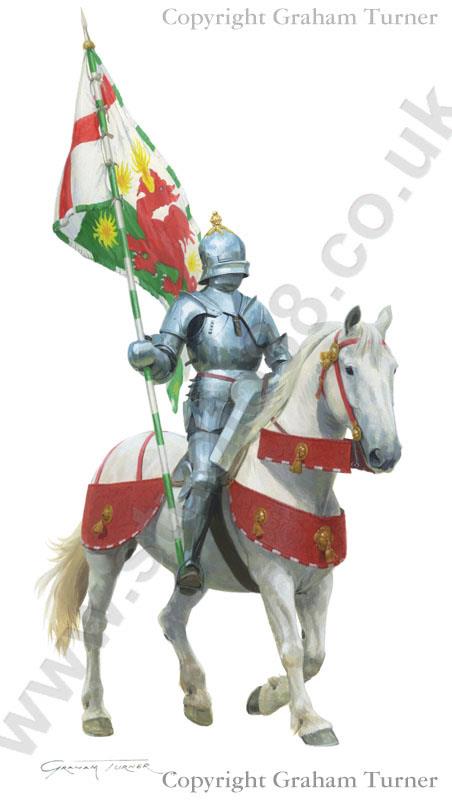
Gontfalonarius/Standard Bearer, English 1486 (source)
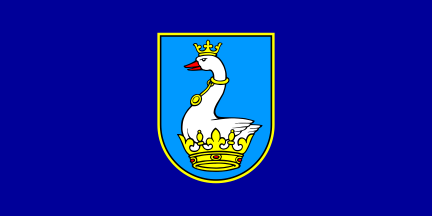
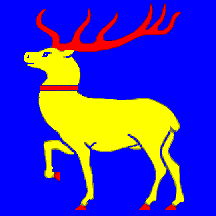
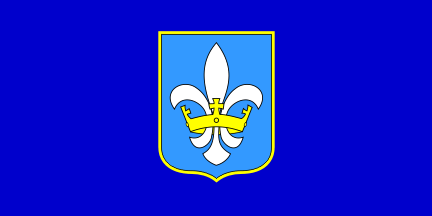
Flag of Posedarje, Croatia;
Flag of Oland, Sweden;
Flag of Podstrana, Croatia
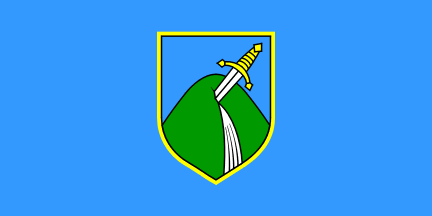
Flag of Mače, Croatia
Please note that the terms gothic and late-gothic appear to be used indiscriminately to describe either a pointed or a round-bottomed shield, and the Editors suggest therefore, that, if used at all, both these terms should be restricted to the type illustrated above.
Please note that these terms may be variously used dependent upon the tincture,
and we suggest that a suitable glossary or dictionary of heraldry be consulted for full details.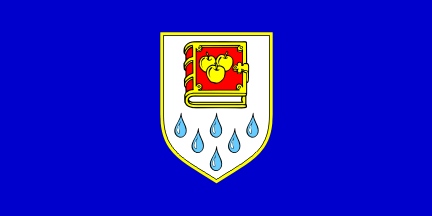
kr-tu.gif)
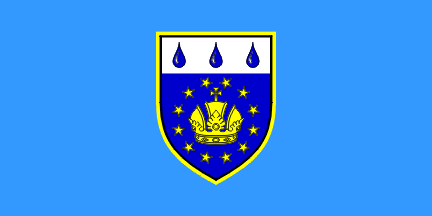
Flag of Bistra, Croatia;
Flag and Arms of Tuhelj, Croatia
.jpg)
Government Emblem of India (on logo) (Wikimedia)
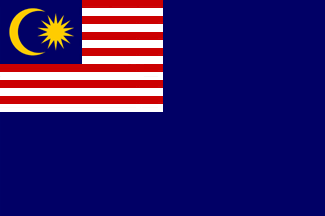
Government Ensign of Malaysia
2. See ceremonial flag 1) and official flag 2).
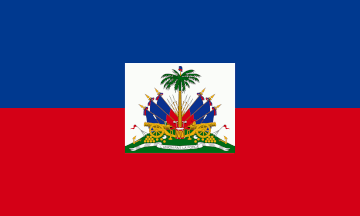
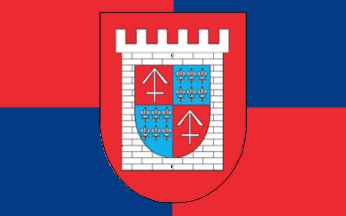
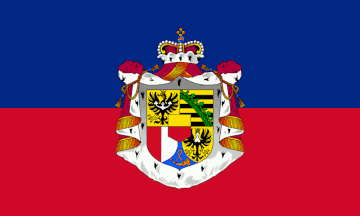
State Flag of Haiti (c1860–1964);
Ceremonial Flag of Rydzyna, Poland;
Government Flag of Liechtenstein
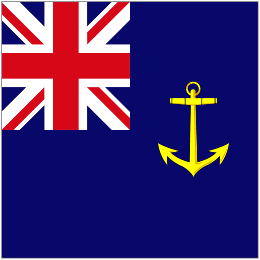
Jack of the Royal Fleet Auxiliary, UK (Graham Bartram)
(Government vessels that wear Blue Ensigns have square versions of their ensign as their jack.)
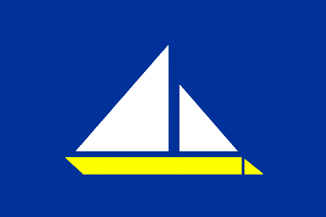
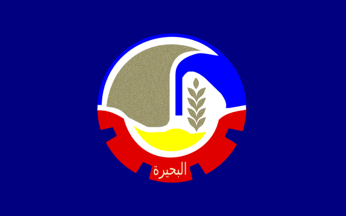

Flag of Dumyat (Governorate), Egypt;
Flag of al-Buhayrah (Governorate), Egypt;
Flag of Aswan (Governorate), Egypt
Please note that this term (and a translation of "muhasfazah") is most generally used in referring to the sub-national divisions of Arabic speaking countries.
2) See gubernatorial flag.
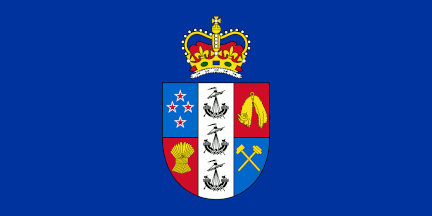
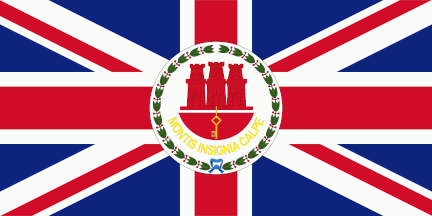
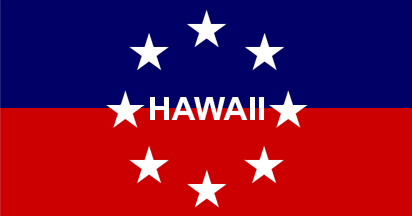
Governor General’s Flag of
New Zealand; Governor’s Flag of
Gibraltar; Governor’s/Gubernatorial Flag of
Hawaii, US

Governor’s Sash of Cordoba, Colombia
Introduction | Table of Contents | Index of Terms | Previous Page | Next Page


![[graphic of golden mean]](../images/v/vxt-d155.gif)
